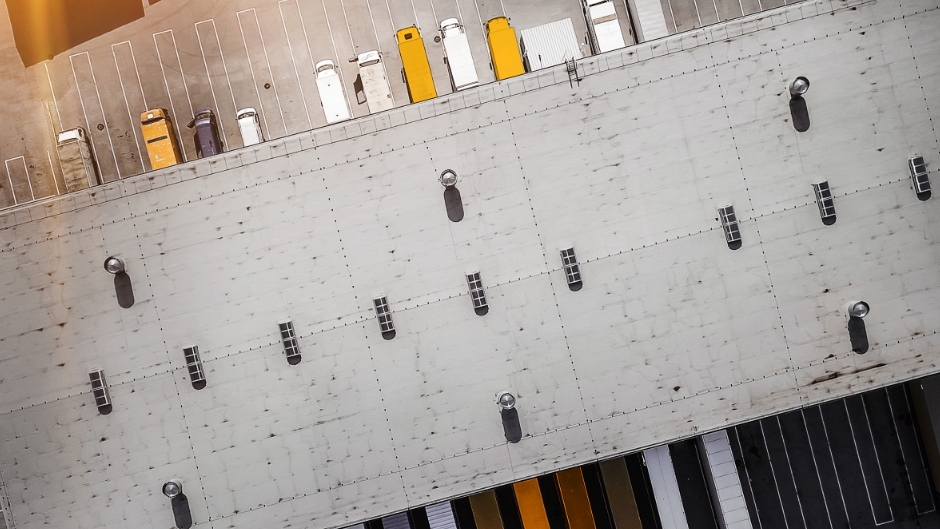#Tyre Awareness
Regrooving tyres
Part 5
Regrooving is one of the most cost-effective and environmentally friendly methods of extending the life of your truck or bus tyres. Regroovable tyres benefit from outstanding durability, safety, and mileage capabilities.
To make sure you’re regrooving your tyres correctly, we’ve created a video guide to take you through the process.
Assessing regroovability
For regrooving to be possible, it’s crucial that tyres are in the right condition to be regrooved. The tyre must not be damaged in any way – tyres with visible metal cords, bulges, and tears in the tread or sidewall aren’t safe for regrooving.
Secondly, the tyre must have the word ‘Regroovable’ on its sidewall, and a minimum of 3mm of tread for regrooving to be carried out safely.
Setting the tool
The first step in the regrooving process is calculating the regrooving depth and width. If the minimum tread depth is 3mm and the recommendation is a 4mm regroove, the blade of the regrooving tool should be set at 7mm.
Make sure to always have the tool switched off and unplugged before adjusting the blade with a ruler. Remember to always refer to the tyre manufacturer’s regrooving guidelines.
Making a test cut
It’s important to make a test cut to ensure that the tool is set correctly. If you need to, adjust the width and depth of the cutting blade.
Doing a test cut will help you set the right temperature for the tool. This will depend on the blade dimensions and depth of cut.
Performing the Regroove
When pressure is applied to the cutting head, the blade will begin to heat up. The best precaution to take to stop the cutting device from overheating is to adjust the cutting temperature during the regrooving process.
If the cutting device is too hot, you’ll get smoke, a charred edge, and build-up of rubber on the knife. Similarly, if the cutting device is too cold it simply won’t cut properly.
Keep in mind that the cutting device will overheat if you don’t cut quickly enough, or if the temperature is too high.
And remember – a regroove must be done by a trained and qualified technician, who must follow the tyre maker’s guidelines through every step.
Reaping the rewards
By restoring tread depth, regrooving will improve grip and traction by around 10%. Therefore, safety is directly improved from the moment the tyre is re-fitted. Not only this, but the tyre’s life is extended by another 20% – not just good for the lifespan of your rubber, but good for our environment too.
